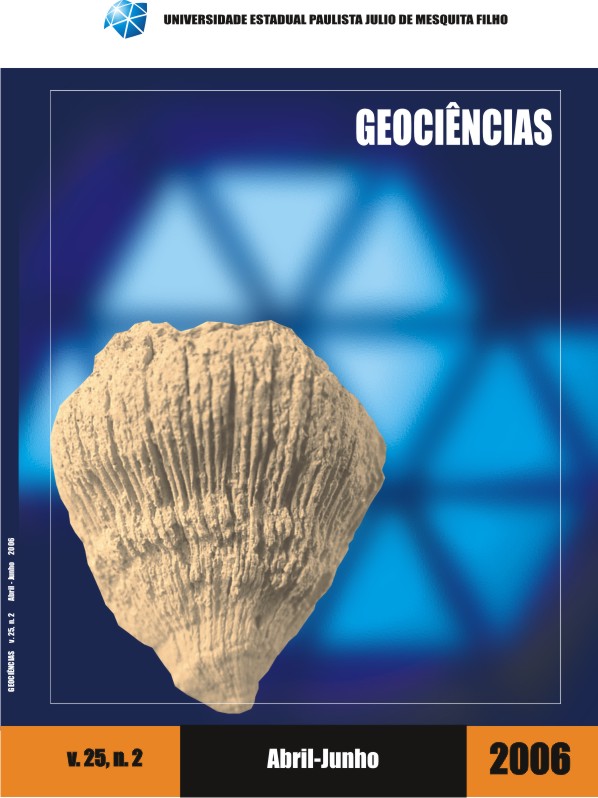DEATH BEHAVIOUR” – THANATOETHOLOGY, NEW TERM AND CONCEPT: A TAPHONOMIC ANALYSIS PROVIDING POSSIBLE PALEOETHOLOGIC INFERENCES. SPECIAL CASES FROM ARTHROPODS OF THE SANTANA FORMATION (LOWER CRETACEOUS, NORTHEAST BRAZIL)
Palabras clave:
Tanatoetologia, paleoetologia, tafonomia, Formação Santana, Cretáceo Inferior.Resumen
A new concept, thanatoethology, is proposed and several peculiarities of the Santana Formation (Lower Cretaceous, Northeast Brazil) taphocenosis are analysed. Thanatoethology refers to the identification, interpretation and study of a specific behaviour performed by an organism moments before its definitive death, and also before the beginning of the fossilization process. This behaviour expresses agony, often due to asphyxia in land, air or water, and can be expressed in fossils as well as ichnofossils. The death behaviour in several cases can be associated with a mass mortality event and can be an extremely useful tool for paleoecological and paleoethological analysis. The identification of this paleobehaviour can be extracted from morphological traits preserved in the fossils, and some examples are furnished here.Descargas
Publicado
2007-01-29
Número
Sección
Artigos

